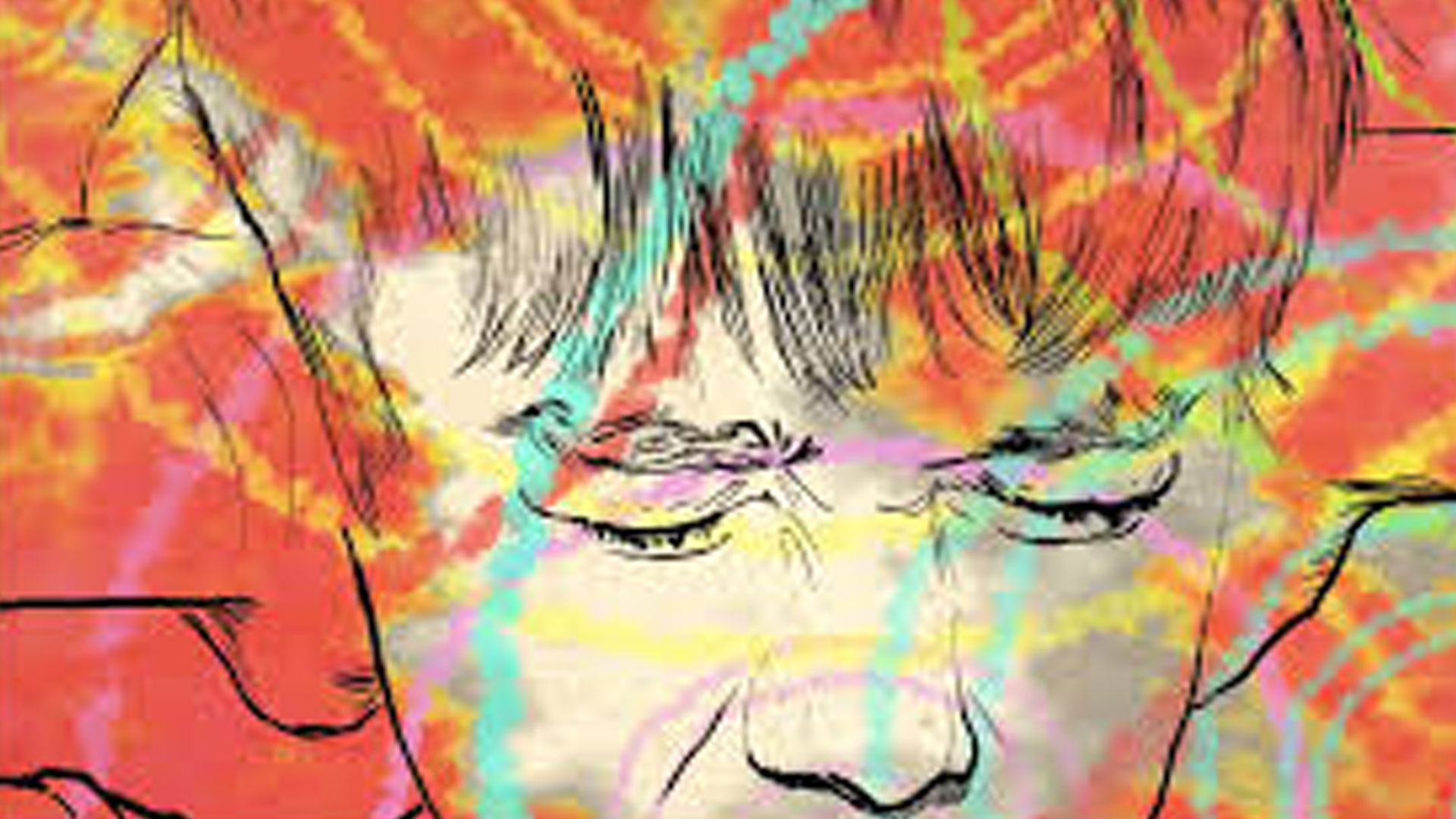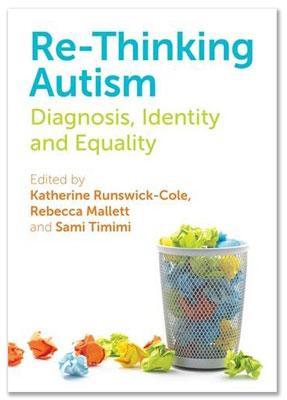
The Autism Bus: A noble pursuit or the continued commodification of autism?

Debs Philip
HudCRES
A couple of weeks ago I had the opportunity to leave my desk whilst it was still light and jump on a train in order to make it to Halifax in time to take a ride on the ‘Autism Bus’, a practical element of the Autism Reality Experience.
As the train left the station I contemplated my mixed feelings about the endeavour I was about to undertake and certain questions were floating around in my head.
Would a simulation experience actually be able to replicate the sensory overload some autistic people face on a daily basis? (or in old money, a 'meltdown', a term still proffered within the autism community of which I am a part)
The DSM-5 (APA, 2013), an American diagnostic manual widely used within the UK, has recently changed the way they conceptualise autism, preferring a catch-all label of ASD with no sub-divisions. Interestingly, it has also lost the term Asperger Syndrome (amongst other categories), a decision not without criticism, particularly from people given this diagnosis. The new language talks about two specific categories, both with different levels of severity:
- A - Persistent deficits in social communication and social interaction
- B - Restricted, repetitive patterns of behaviour, interests or activities
Which brings me back to my interest in the ‘Autism Bus’. Category B alludes to hyper/hypo-activity around sensory input.
The Autism Reality Experience is an innovative, hands on training session which has been developed to give people an experience of the sensory processing difficulties faced by people on the autism spectrum (Training2care, 2019)
The simulation has been designed to give its users a sensory onslaught at the same time as being asked to carry out a few day to day activities, albeit all within a period of about six minutes.
As I stood in a long queue waiting my turn I was able to observe the reactions of people on completion of the experience, one of those being a person who sits on the same autism strategy group that I do (the difference being this person is male and himself autistic). Out of curiosity, but not wanting to be influenced, I asked my colleague about his experience, of which he responded ‘well, welcome to my world’.
I said goodbye to my colleague but didn’t actually know what to make of his response. How does this work for a person who already experiences sensory hyperactivity, going through an experience to actually trigger further and exaggerated hyperactivity?
Most people who know I have a passion for autism also know I have a small academic fondness for the researcher, mum and academic Katherine Runswick-Cole, a woman whose writing resonates with my own thinking about autism. In 2016, alongside colleagues Rebecca Mallett and Sami Timimi she edited the book entitled ‘Re-Thinking Autism, Diagnosis, Identity and Equality’ which actually made me re-think my ideas around autism, some painstakingly upheld for about twenty-eight years.
For a few years I had felt uncomfortable about the rise in the interest in autism as a type of commodity, something which can be bought and sold.
I was recently fortunate enough to speak at a conference where at least fifty per cent of participants were themselves autistic, something virtually unheard of a decade ago, but as I looked around the room the proliferation of finger-spinners, ear defenders and shiny folders offering training packages and therapeutic interventions was quite overwhelming. Whilst I understand this is necessary for some people this was tantamount to the selling of double-glazing in the 1990’s.
Would the ‘Autism Bus’ be another way of buying and selling autism?
Yet, why was I worried? The six-minute experience was free on a first come- first served basis and was supported by the National Autistic Society. However, as you could probably guess, the experience is also an element of a three-hour training package which can be purchased from an Essex based company.
So, yes, I did go through the simulation and guess what… I left the experience with tears rolling down my face and an unbelievable sense of sadness. As a mother of an autistic man who experiences both hyper and hypo sensory stimulation, the researcher of a group of autistic people who range in their sensory experiences and a teacher who has worked both within and outside mainstream education with autistic students I felt utterly bereft that I may have, myself, contributed to this sensory overload I am told many autistic people experience.
Although, there is an ‘…ah…and a but…’
The experience is partly there to elicit an empathetic response from its users, which it does, but I am not sure why. If indeed many autistic people experience such regular sensory overload then I can only begin to imagine such a world, one where six minutes felt practically insufferable. Although how can I have an experience where I am completely under stimulated to a degree that I have to do something within or outside my body to redress this balance? Is there a bus I can get on to experience a sensory hypo stimulation? I guess this is a viable question, but yet I feel that I am occupying a kind of bubble of superficiality, a place I seem to spend more time in as I learn more from my autistic family, friends and colleagues about the complexity of autism.
The point is this, this is just one facet of ASD (a term I use begrudgingly), and a facet that may only be experienced by some autistic people. Yes, some people have serious sensory hyperactivity and some don’t. Some people find eye contact easy and some don’t… and the list goes on. Some people are locked up in institutions against their and their family’s free will and some people are not.
But the point is that we can buy and sell autism till the cows come home but perhaps we should be concentrating on developing a society that can see that some autistic people, yes just some, have evolved beyond society as we know it … I am just waiting for the rest of us to catch up.
